Author:Baby & Adult Diaper Materials FROM:Diaper Materials Manufacturer TIME:2023-03-24
With the improvement of people's material living standards, high-efficiency antibacterial performance requirements have been put forward for medical hygiene and disposable spunlace fabrics. Therefore, it is of great significance and broad market prospect to develop spunlace non-woven fabrics with general spunlace fabric performance and high antibacterial function. This paper introduces two production methods of antibacterial spunlace fabric.
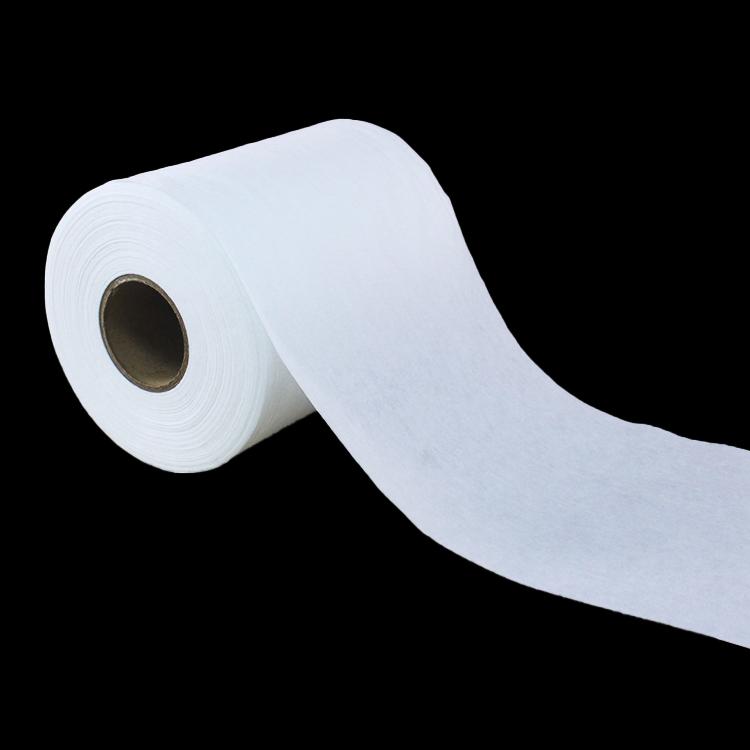
This series of products is made by blending spunlace with various fibers that have been treated with antibacterial agents to obtain antibacterial properties and ordinary fibers. The antibacterial agent is used to impregnate and finish the fibers, so that the antibacterial factors and fiber macromolecules are mutually adsorbed, cross-linked or coordinated to make the fibers have antibacterial properties.
Generally speaking, the antibacterial factors used in such antibacterial fibers are mostly metal ions, which do not have long-lasting antibacterial properties. However, it has broad-spectrum antibacterial properties and high antibacterial rate, and is more suitable for use as a disposable antibacterial hygiene product. The washing test of antibacterial spunlace fabric products shows that the antibacterial rate of most products can still reach more than 90% after 50 times of washing. Antibacterial fibers need to be pre-opened during production to facilitate mixing and carding. Antibacterial fibers have their own colors that can meet the processing requirements of subsequent products, and the finished products generally do not need to be dyed separately.
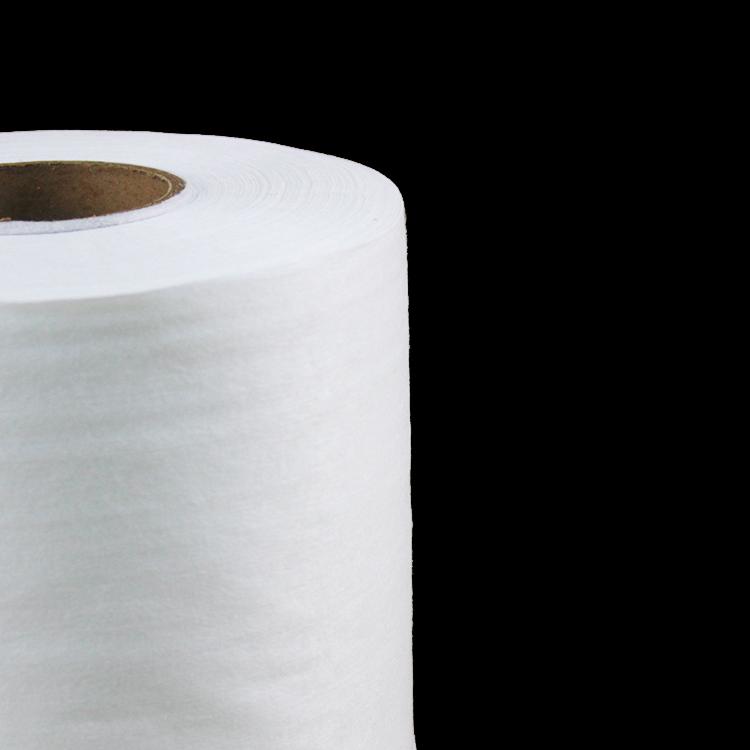
The spunlace fabric is finished by foam impregnation or padding process on the production line, and then dried into cloth. This method can endow various spunlace fabrics with antibacterial properties, and the trial production test of the products shows that this finishing method is effective except for individual antibacterial agents. Basically, it can maintain its conventional characteristics of spunlace fabric. Today, with the rapid development of antibacterial agents, it has a wide range of applications and a wide range of applications, which can meet the requirements of spunlace fabric antibacterial finishing. According to different antibacterial requirements, the concentration of different working fluids can be controlled to achieve different coating amounts on the cloth surface, which is convenient for cost control. Some antibacterial agents can also be used in the same bath as dyeing, which is easy to operate and reliable in antibacterial performance. More antibacterial spunlace fabrics are finished by this method, mainly through the cross-linking and adhesion of chemical adhesives, the mutual adsorption between antibacterial groups and fiber molecules, or the use of dyeing mechanisms to fix antibacterial factors on the surface or inside of fibers, so that Textiles have antimicrobial properties.
The antibacterial spunlace fabric antibacterial performance produced by this method is also non-permanent.
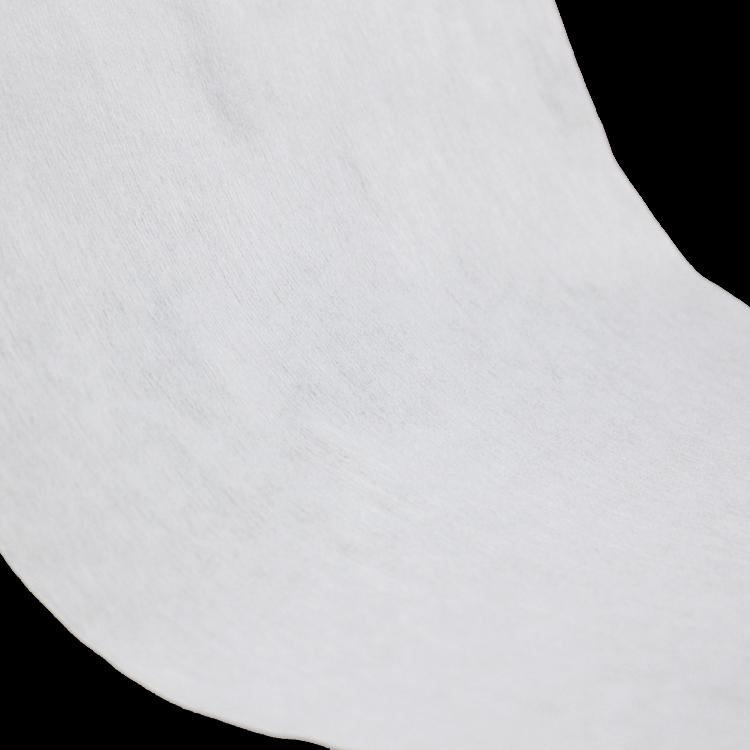

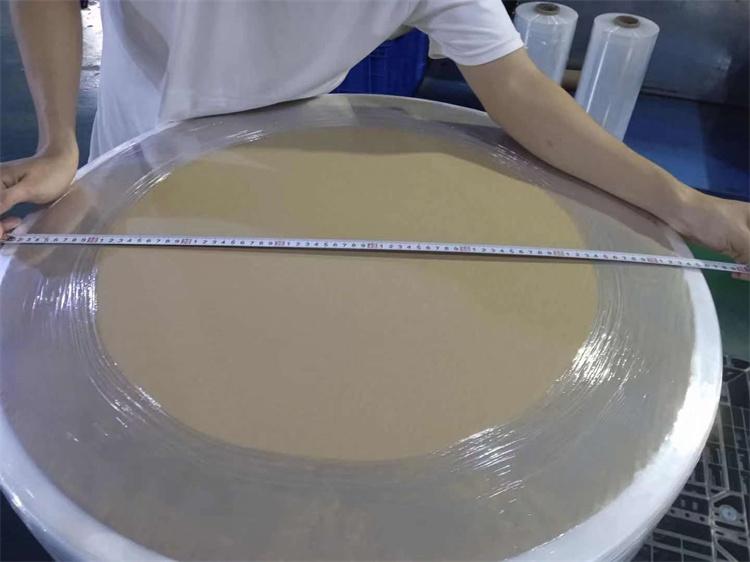
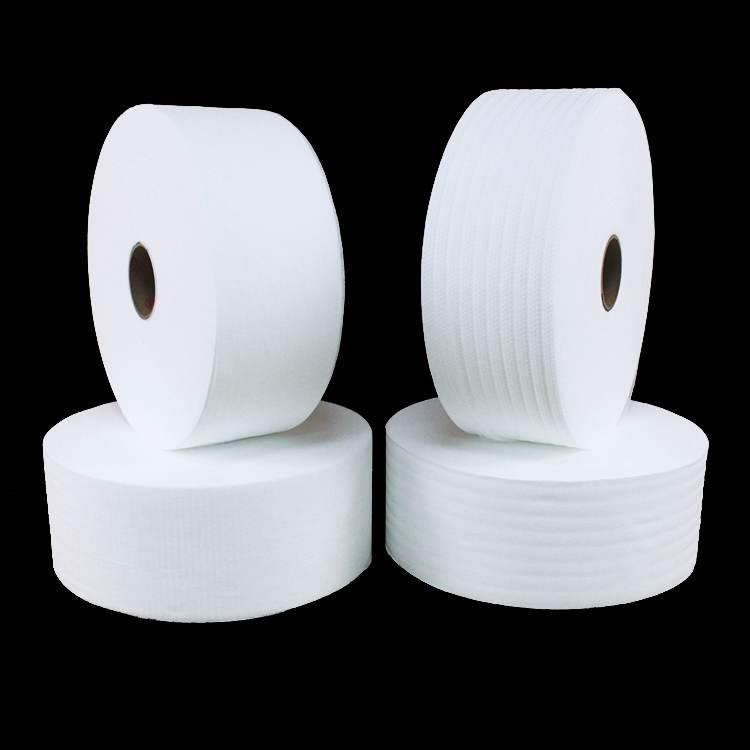
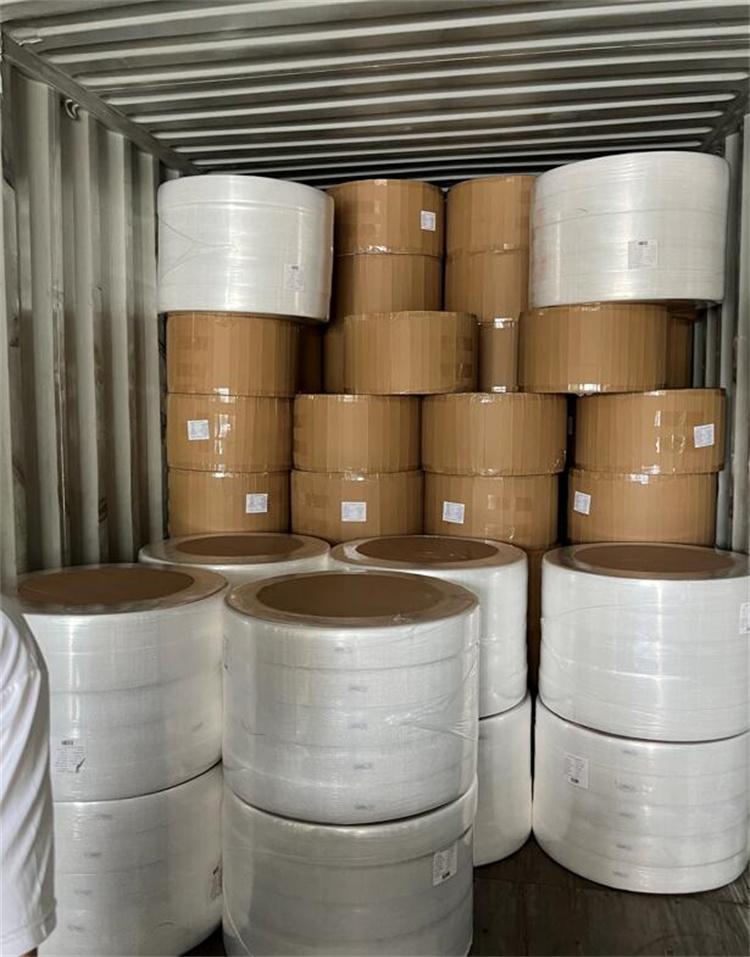

 Email: info@whldiapernonwoven.com
Email: info@whldiapernonwoven.com
 MP/WhatsApp: +86-13599937366
MP/WhatsApp: +86-13599937366
 Manufacturer Address:Room 1105B, Bld M1, Manhattan, Yulongwan, Shimao, Shuanglong Road, Meiling Street, Jinjiang, Fujian, China
Manufacturer Address:Room 1105B, Bld M1, Manhattan, Yulongwan, Shimao, Shuanglong Road, Meiling Street, Jinjiang, Fujian, China